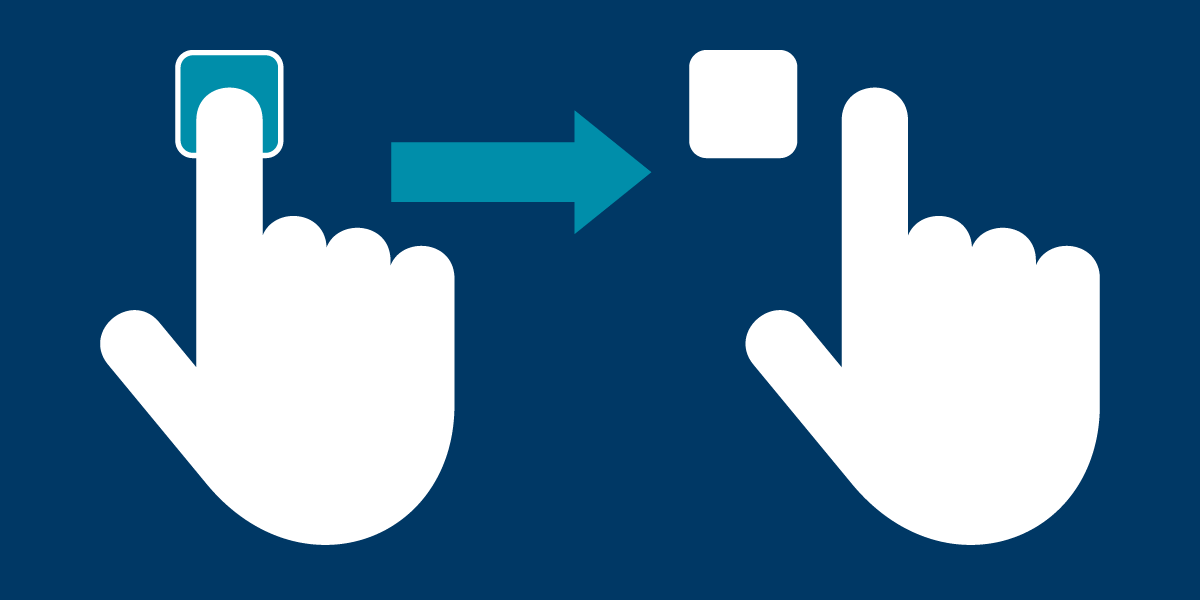Learn what Pointer Cancellation is and why it is widely used.
8/1/2024 7:00:00 AM

Pointer Cancellation is a standard that allows users to cancel an action that would occur on a click (or equivalent action) by moving the pointer away from the target area.
Note: This requirement applies to web content that interprets pointer actions. This does not apply to actions that are required to operate the user agent or assistive technology.
The event should activate on the “up input” (releasing the mouse button) or be activated for as long as the button is pressed, reverting once it is no longer being pressed, except for actions where activation on the “down input” (when you press the mouse button) is necessary or intuitive, such as keyboard emulation.
The technique is applicable to any technology that supports pointer input, such as mouse pointer, touch on touch screen or trackpad, stylus input, or laser pointer input.
Drag-and-Drop Action Cancellation Examples
Testing
For content that is draggable, check whether the drag-and-drop action can be reversed by:
For input controls:
Recommended Training*
*This list is not comprehensive. We have provided references used successfully by state employees.
It is important to have pointer cancellation for people who can’t accurately use a mouse/keyboard, because they might accidentally press something they didn’t mean to. When you want to put mouse down (button pressed) events in your web page, ask yourself if the page functions as well with a mouse up (button released) event instead.
Would you like to learn more about the accessibility work being done by Minnesota IT Services and the State of Minnesota? Once a month we will bring you more tips, articles, and ways to learn more about digital accessibility.
Accessibility
Accessibility